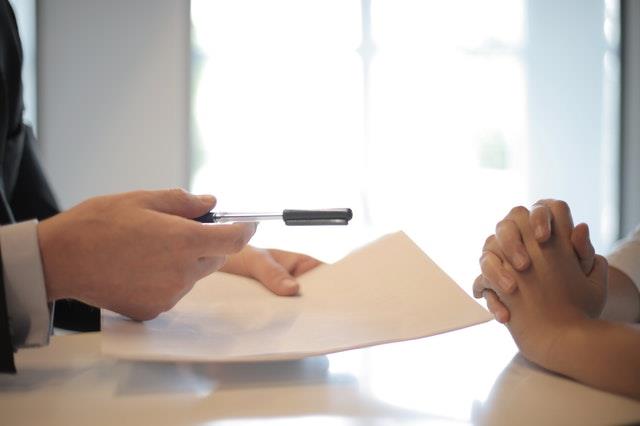
Water damage is an ever-present threat in a rental property. Almost every room in a home has water running through it. And water tends to go where it’s not wanted. If there is the slightest leak or crack, water will find its way through it.
Additionally, many activities people do in a home uses water. Leading to spills, and people forgetting to turn off faucets or unplug their sinks. Human errors increase the probability water will damage a rental property.
The fact is water damage is hard to detect and costly to repair, it’s easy to see why this is a source of conflict between landlords and tenants. So when these conflicts arise tenants, blame landlords who own the property and should take care of it, and Landlords claim tenants use the property and should be responsible for it.
Tenants try to push all responsibility for fixing water damage to the property owner. On their part, landlords try to get tenants to assume more responsibility for repairing water damage. This conflict is why, of all the maintenance issues that make tenants terminate their lease, water damage tops the list.
But the question is, whose responsibility should it be to fix water damage in a rental property? The answer is not simple. It depends on a combination of state laws and the lease agreement signed by the tenants and landlords.
Below we explain the best way for landlords and tenants to resolve this issue.
What is the Landlord’s Responsibility?

The basis for the landlord’s responsibility is created by the principle of “implied warranty of habitability.” This law requires property owners to guarantee that a home is habitable before they hand it over to tenants. According to the law, a residence is habitable if it has adequate and working plumbing, among other things. In addition to providing these amenities, the law also demands that landlords maintain the home in a livable state for the whole period that the tenant lives there.
What this means, is that the property owner is primarily responsible for the maintenance of a home’s plumbing, and by extension, any water damage that occurs. Landlords have to ensure that the water supply is constant and adequate in the house. And there are two ways they fulfill this obligation.
- The property owner must carry out regular maintenance on the home’s plumbing components to keep them in good working order. Maintenance refers to all issues that result from fair wear and tear to the home’s plumbing. If pipes burst due to old-age, the landlord must fix the pipe and the ensuing water damage.
- Secondly, landlords must attend to all emergency water problems tenants bring to their notice. Emergencies are unexpected events that threaten a home’s habitability, and are issues that can violate the landlord’s “implied warranty of habitability.” Not all problems with a home’s plumbing qualify as emergencies. Emergencies threaten the home’s habitability.

We can sum up the landlord’s role in fixing water damage as follows. Firstly, since a home’s plumbing is part of the home’s structures, and the landlord owns the house, it’s the landlord’s responsibility to maintain the plumbing. Secondly, since the landlord gave a warranty to the tenant that the property is habitable, it is the landlord’s responsibility to keep the home in that state.
These conditions are only altered if a tenant does something to damage the landlord’s property or fails to live up to the terms of the lease agreement that they signed. Bringing us to the tenant’s responsibility for fixing water damage.
What is the Tenant’s Responsibility?
Just as landlords are responsible for providing and maintaining a home’s plumbing, tenants are also required to use that plumbing responsibly. If the tenant misuses the plumbing – through neglectful or malicious behavior – the tenant will be responsible for the damage. For instance, if a tenant allows a sink to overflow and floods the home, that tenant will pay the owner to fix the damage. But this is not where the tenant’s responsibilities end.
- The tenant is responsible for promptly notifying the landlord of all issues that threaten the home and its plumbing. While landlords must provide adequate plumbing, tenants must be diligent in detecting the plumbing problems and reporting them to the landlord.
- Secondly, tenants have a responsibility to limit the damage caused by water once they detect the problem. If, for instance, a pipe bursts and a tenant discovers it, that tenant is responsible for shutting off the supply valve and removing all items from the water’s path. If the tenant fails to do this, they will be partly responsible for fixing the damage.
In conclusion, responsibility for water damage in a rental property is shared between landlords and tenants, with landlords taking the more significant share. To ensure there are no misunderstandings over this issue, landlords should include these terms in their lease and explicitly explain them to their tenants.

